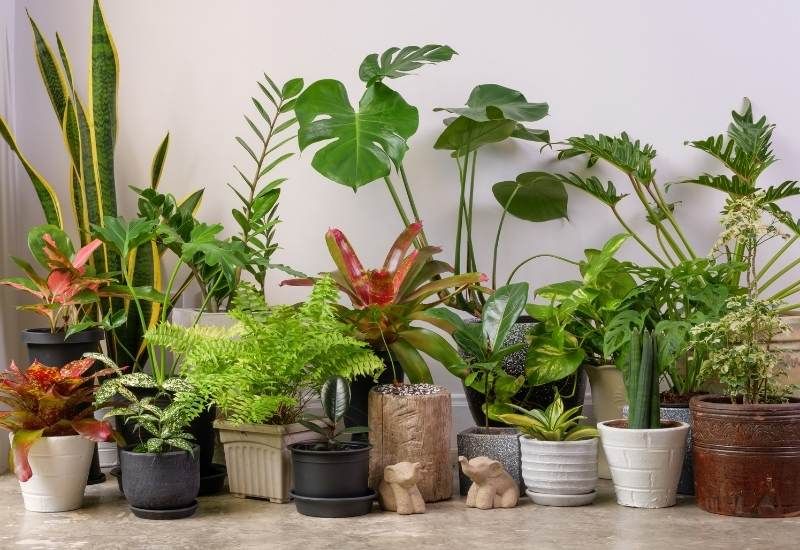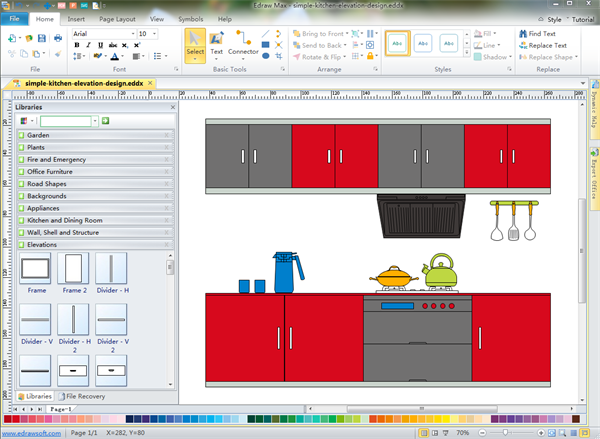Table Of Content

These plants are low-maintenance, but still visually striking enough to be a conversation starter. This elegant tree can truly elevate your living room and home decor. It’s one of Pleasant’s favorites because it’s so rewarding to grow.
Wandering Jew Plants Guide: How to Grow & Care for “Tradescantia zebrina”
Ficus Benjamina is an evergreen shrub with long-tipped leaves and drooping branches. They’re great for having a dramatic effect on any room you place them in, with leaves that can grow as long as two feet. You also only need to water them when the top few inches of their soil become dry, so every few days or so. Anyone can have a succulent or a fern, but a tropical plant shows style and pizzazz. With over 489 species to choose from you won’t be left wanting.
How To Use Sticky Traps To Get Rid of Houseplant Pests
Once they are in position and happy, try not to move them, as they can sulk and drop leaves. This pet-friendly tree is a popular tropical palm that can reach up to 10 feet tall. This robust, easy-to-grow tropical indoor plant can grow up to nine feet.

How To Plant And Grow Radishes In Containers & Pots
Under the right conditions, Yucca is more than a friendly and easy plant to grow and care for. The ideal indoor spot for this plant is none other than a bright corner with relatively low humidity levels. Since Yucca is highly sensitive to over-watering, you will want to opt for a suitable watering routine. During the spring and summer months, we suggest you water your Yucca once every week.
Huge Houseplants: 7 Tips for Growing Big Plants Indoors - Bob Vila
Huge Houseplants: 7 Tips for Growing Big Plants Indoors.
Posted: Thu, 29 Feb 2024 08:00:00 GMT [source]
Pruning is not necessary unless you want to control the plant’s growth. To mimic its native environment, try to keep your indoor humidity level around 50%. Reaching up to 10 feet high, you can’t beat this elegant palm for instant tropical charm. Thriving in bright but indirect light, this beautiful palm will cast striking shadows on walls and floors and works well solo or as part of a leafy group. Slow growing with large arcing fronds, buy large and this palm will add drama and impact to any room. This tropical plant is best known for its beautiful red flowers.
Hard Water
These exotic beauties will bring color and life to your home. Not many tropical flower bouquets are without a Bird of Paradise (Strelitzia reginae) in all its splendor. The Umbrella Plant makes a wonderful addition to any home or office due to the long shiny leaves that droop from a central stalk and resemble an umbrella. In early summer, some species will bloom and produce small orange berries that last around 4-6 weeks. When in doubt, I definitely recommend orchids as the perfect classy gift for a loved one. Also, Blue Rain loves humidity, so misting with room-temperature soft water is highly advised.
Tropical plants – 10 exotics that grow happily indoors
For this matter, you will have to water it vigorously 2-3 times a week, but make sure not to leave any excess water in its saucer. The plants above feature some massive leaves, bright colors, and creative shapes that are sure to customize your space and grab the attention of your guests. This seasonal bloomer prefers partial shade or indirect light and needs well-draining soil and pot to live in. Dumb cane is typically what most people picture when they think of the average house plant. In an indoor setting, you can expect this plant to grow up to five feet tall. A truly elegant palm that’s pretty undemanding, this graceful beauty will fill any room with tropical charm.
Keep this South American native growing throughout spring and summer in full sun before you can cut back on watering it to allow it to drop into dormancy. After a couple of months, begin watering it again to bring it back to life in time for the holidays. Keep in mind that evergreen commercial types don’t require a dormant period. Tropical plants can bring color and flair to your home even if you live in a colder climate. While some tropical houseplants are best known for their eye-popping flowers, others are loved for their large, unusually patterned, or variegated leaves.
Being large tropical house plants, these palms can grow up to 20 feet high and wide in its native habitat. “The easiest orchid to grow in the home,” according to the Missouri Botanical Garden, this winter-blooming type is one of the houseplants that need no soil. It typically grows in a bark or moss medium instead and prefers only partial sun or a grow light. Allow its medium to dry out an inch or so down before you water the plant again and allow the temperature for this orchid to drop into the 60s at night. You might want to leave it outdoors for a month in autumn when nighttime temperatures are in the 50s to spur it into blooming.
After flowering, the plant usually produces pups or baby offshoots of new plants. Bromeliads for beginners include those found in the Guzmania, neoregelia, and Vriesea genera. An epiphyte or air plant doesn't require soil; it can cling to trees, be glued to objects, or be planted in shallow soil.
They need full sunlight, or at the very least bright indirect sunlight. Make sure they have plenty of drainage as overwatering is the easiest way to kill a yucca. When shopping for houseplants, many people gravitate towards something small and unobtrusive. Parlor palms can grow up to six feet tall, so they’re perfect for people who want to make more of a statement with their plant decor. The soil should be kept perpetually moist, except in the winter. Also known as a weeping fig, the triangle ficus needs bright light flourish.
The flowers typically occur in the wild, but with proper care, they can also appear indoors. Indoors, Cordyline will reach a top height of 90 cm, but outdoors, it can grow twice as tall. This plant is more commonly known as the Flamingo flower or Painter’s Palette. Its scientific name roughly translates to a flower with a tail which is a great description for this plant’s flower.
Peace lilies are on my list of favorite houseplants because they almost talk to you. If they need water, their leaves droop and quickly perk up again once you give them a drink. If you provide them with a dose of liquid plant food every two weeks in spring and summer, they reward you with white sails that float about the dark green leaves.












